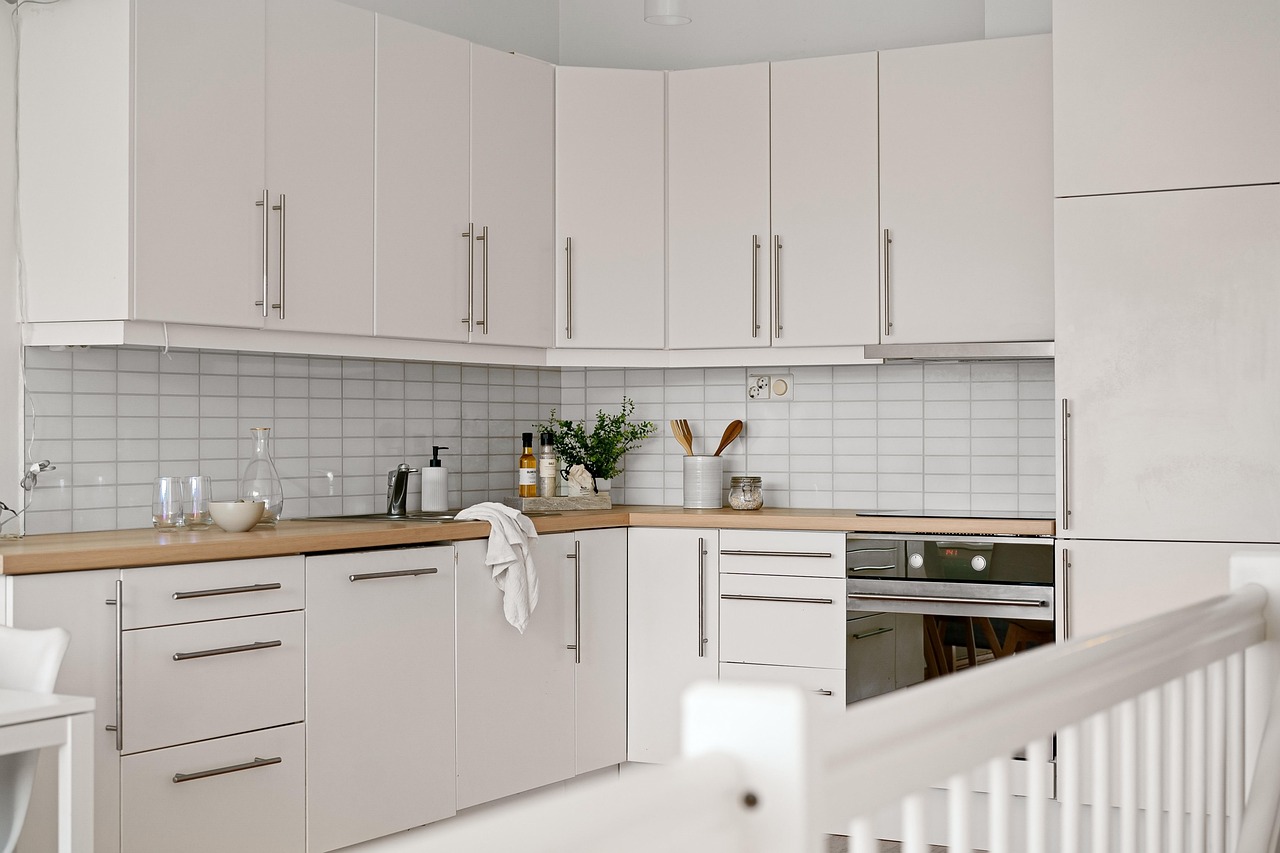If you’re thinking about remodeling your kitchen, you’re not alone. According to the 2023 U.S. Houzz & Home Study, nearly 28% of homeowners tackled kitchen renovations last year—making it one of the most popular home upgrades. Whether you’re fixing a dysfunctional layout, upgrading outdated cabinets, or just tired of your kitchen’s look, a remodel can breathe new life into the heart of your home. In this guide, I’ll walk you through everything you need to know about kitchen remodeling—from budgeting and planning to picking finishes and working with contractors.
Why Remodel Your Kitchen?
Let’s face it—our kitchens do more than just cook food. They host conversations, homework sessions, dinner parties, and countless cups of coffee. But when your cabinets are falling apart or the layout doesn’t work, your kitchen becomes a daily frustration.
Common reasons people choose to remodel include:
- Outdated appliances or finishes
- Poor layout or lack of counter space
- Increasing home resale value
- Energy efficiency improvements
- Adapting to a growing family
Whatever your reason, a well-planned remodel can make your kitchen more functional, comfortable, and enjoyable.
Start with a Solid Plan
Before swinging a sledgehammer, take a step back and figure out what you actually want. Here’s how I typically start with clients:
1. Assess the current kitchen:
Make a list of what works and what doesn’t. Maybe your counter space is fine, but your storage is lacking. Or the layout works, but the cabinets are outdated.
2. Set your priorities:
Do you care more about high-end appliances or sleek finishes? Do you need better lighting, or is space the issue?
3. Set a realistic budget:
Kitchen remodels vary wildly in cost. According to Forbes Home, a minor remodel can cost around $10,000–$15,000, while a high-end kitchen overhaul can run $50,000 or more. Always set aside 10–20% of your budget for unexpected expenses.
Layouts That Work
Choosing the right layout is one of the most important parts of a kitchen remodel. Here are a few tried-and-true options:
- Galley kitchens: Ideal for small spaces, offering efficient use of walls.
- L-shaped kitchens: Great for open-concept homes; allows for an island.
- U-shaped kitchens: Offers tons of counter and cabinet space.
- Island layout: Adds functionality and social space if you’ve got room.
Think about the “kitchen work triangle”—the path between your stove, sink, and refrigerator. A good design keeps these three within easy reach to improve flow.
Picking Materials That Last
Don’t just go for what looks trendy. Go for what lasts. I’ve seen too many people regret choosing glossy cabinets or soft countertops that scratch easily. Here are some material options to consider:
- Cabinets: Solid wood, plywood, or MDF with quality hinges.
- Countertops: Quartz (durable and low maintenance), granite (natural beauty), or laminate (budget-friendly).
- Flooring: Engineered wood, tile, or luxury vinyl for durability.
- Backsplashes: Ceramic, glass, or stone for easy cleaning and style.
Lighting Makes All the Difference
If you’ve ever cooked in a dim kitchen, you know how important lighting is. A good remodel includes a mix of:
- Ambient lighting: Overhead lights to illuminate the space
- Task lighting: Under-cabinet lights or pendants over the island
- Accent lighting: Inside glass cabinets or toe-kick lights
Appliances: Invest Where It Matters
You don’t have to get top-of-the-line everything, but invest in appliances that match your cooking habits. For example, a five-burner gas cooktop may be overkill if you only cook occasionally. But if you’re an avid baker, a quality oven makes a big difference.
Look for energy-efficient models with the ENERGY STAR label to save on utilities long-term. The U.S. Department of Energy is a great place to compare appliance ratings: https://www.energy.gov/energystar
Working With the Right Professionals
Unless you’re an experienced DIYer, most kitchen remodels benefit from hiring professionals. Depending on your budget and scope, you may need:
- A kitchen designer for space planning and layout
- A contractor to handle plumbing, electrical, and structural work
- Cabinet and countertop specialists
If you’re in Australia and considering kitchen remodelling Perth services, make sure to check credentials, ask for local references, and compare quotes from multiple providers.
Timeline and Expectations
A typical kitchen remodel can take 6–12 weeks depending on complexity. Here’s a rough breakdown:
- 1–2 weeks: Design and planning
- 2–4 weeks: Ordering materials and permits
- 4–6 weeks: Construction, installation, and finishing
Factor in potential delays, especially if custom cabinetry or imported materials are involved.
Tips I’ve Learned the Hard Way
- Always get everything in writing, especially with contractors.
- Label your boxes if you’re living at home during the remodel.
- Set up a temporary kitchen with a microwave, toaster, and mini-fridge.
- Don’t change your mind halfway through unless you’re okay with delays and extra costs.
Final Thoughts
A kitchen remodel is a big project—but it can also be one of the most satisfying upgrades you’ll ever make to your home. From improving everyday functionality to boosting resale value, the benefits are worth the effort if you plan wisely and work with the right people.
If you found this article informative, feel free to check out our other articles as well.


